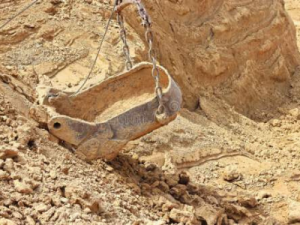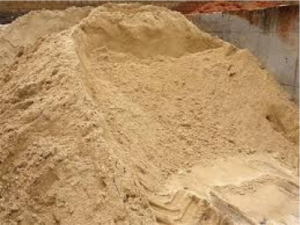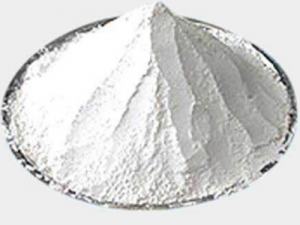Bricks are units of construction material that are rectangular. In the building of masonry, walls, and pavements, bricks are used. It is used as a rock substitute where the stone is not readily available. Brick chips are often used in the concrete mix as a rough aggregate.

Percentage of Constituents of Brick (Weight Basis)
There are six main brick ingredients. The specific proportion of these brick components is as follows:
| Ingredient | Percentage in brick |
|---|---|
| Silica (SiO2) | 55% |
| Alumina (Al2O3) | 30% |
| Iron Oxide (Fe2O3) | 8% |
| Magnesia (MgO) | 5% |
| Lime(CaO) | 1% |
| Organic Matter | 1% |
Chief Ingredients of Brick and Their Functions
The two most common materials of brick cement were Silica (Sand) and Alumina (Cement). When properly mixed with water, it gains plasticity. It is easy to mold and dry the plastic weight. There should be no splitting, weakening, or warping.
Alumina

Alumina is the clay’s main component. It acts as a raw brick cementing material. Because of the alumina presence, brick clay is plastic. This plasticity makes it possible to mold bricks. An excess amount of alumina in clay may cause the bricks to shrink, warp or crack on drying and burning as any other cementing material
Silica

Good bricks of good quality contain 50-60% silica. It’s both free and in combination. It remains mechanically mixed with clay as it releases the sand. Combined, it interacts to form aluminosilicates with alumina. Silica avoids the fracturing, weakening, or warping of bare bricks. The higher the sand ratio, the brick will be the more shapely and uniform in texture. Excess silica, however, breaks the consistency between the clay particles of the brick and leaves the brick porous and soft. Bricks ‘ durability depends largely on the right proportion of silica and alumina.
Lime

Bricks should contain some finely powdered lime. This makes the melting of silica (of a specified portion) at 1650oC furnace temperature and links the brick particles together resulting in strong and durable bricks. At about 1100o C, lime acts as a catalyst to elevate the furnace temperature to 1650oC at which silica fuses. As a strong cementing material, this slightly fused silica works. Excess lime in brick clay will cause the vitrification of bricks. It causes bricks to melt, as more than the required amount of silica will fuse. The bricks then lose their shape and become disfigured.
Iron Oxide

Bricks have a small amount of Iron Oxide. Iron Oxide serves as a lime flux, helping to bond silica at low temperatures. This gives bricks a red color while burning. Iron also improves the bricks ‘ strength and impermeability.
Magnesia
A small proportion of magnesium lowers shrinkage and gives the bricks a yellow tint. An excess of it causes a decline in bricks.
Harmful Ingredients of Brick
Lime
The bricks were burnt and disfigured by heavy acid. If CaCO3 exists (in the purest form, i.e., if it contains at least 95% CaO) in lime-lump in brick clay, it converts into quicklime on burning. When these bricks come in contact with water, quicklime slakes and expands. And causes disintegration of bricks.
Pebbles, Stones & Gravels

Their existence does not require the soil to be thoroughly mixed, so the bricks created are weaker. At the target part, these bricks can’t be broken and they crack quite irregularly.
Iron Pyrites (FeS)
Iron Pyrites allows bricks to crystallize and disintegrate when they smoke. In the form of black slag, this discolors bricks.
Organic Matter
Organic matter in bricks makes bricks porous, resulting in weaker bricks and low density.
